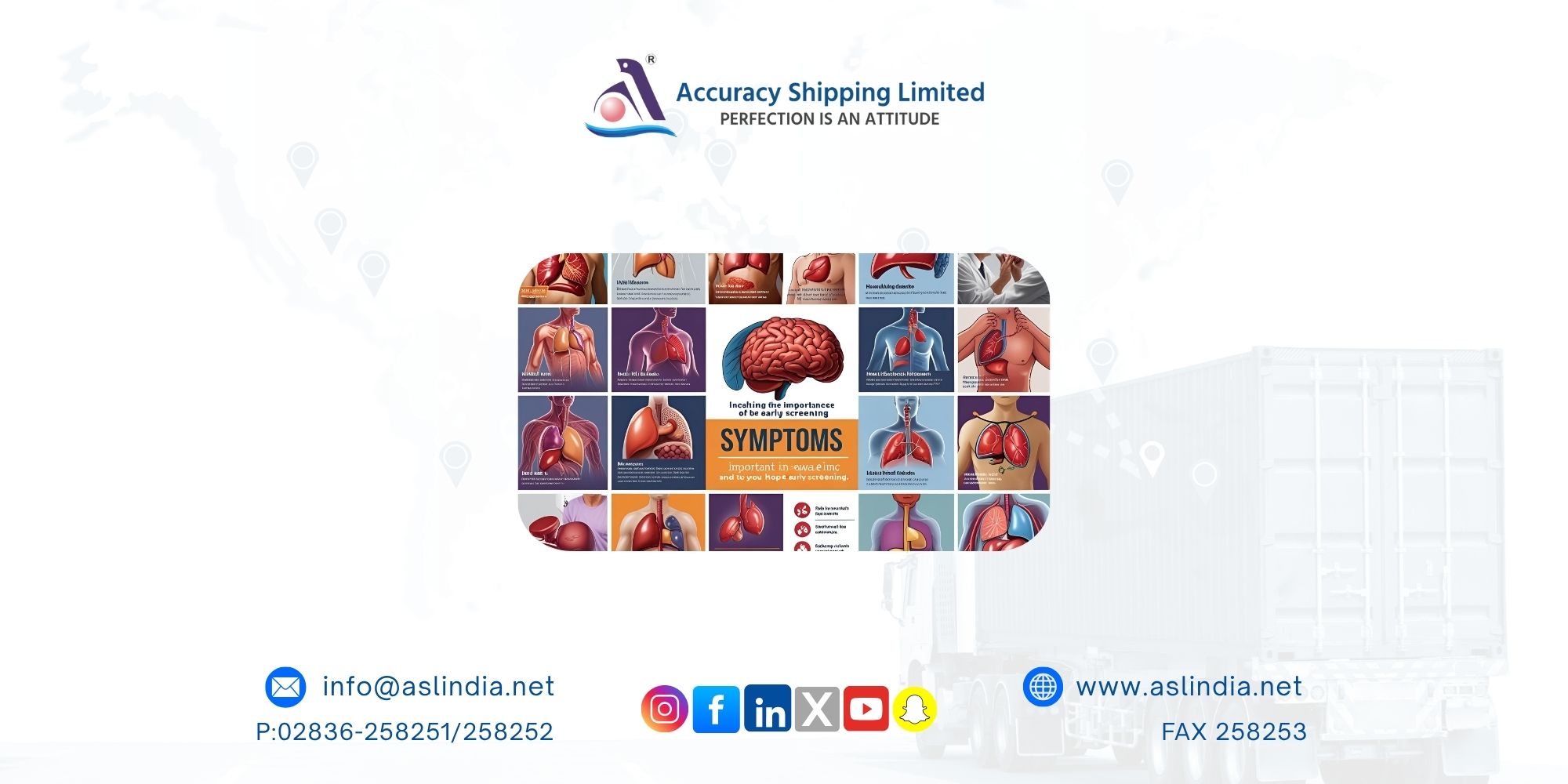Liver diseases often go undetected; doctors call for early screening and awareness

Introduction
Liver diseases, especially those caused by hepatitis viruses, continue to pose a significant health threat worldwide. Despite their serious nature, these conditions often go undetected until irreversible damage sets in. Experts across India are raising the alarm, emphasizing the importance of early screening, public awareness, and preventative care.
A Global Crisis with a Heavy Indian Burden
According to the World Health Organization (WHO), approximately 304 million people globally live with chronic hepatitis B or C 254 million with hepatitis B and 50 million with hepatitis C. These diseases cause about 1.3 million deaths annually, translating to over 3,500 deaths each day.
India alone accounts for over 11.6% of this global burden, with around 29.8 million people infected with hepatitis B and 5.5 million with hepatitis C. Despite the enormous numbers, the majority of cases remain undiagnosed until liver damage becomes advanced.
Understanding Hepatitis and Its Impact
Hepatitis refers to inflammation of the liver, most often due to viral infections such as hepatitis A, B, C, D, and E. Among these, hepatitis B and C are particularly dangerous, as they can turn chronic and lead to cirrhosis, liver failure, or liver cancer. Transmission occurs through:
Unsafe injections or blood transfusions
Sexual contact
Mother-to-child transmission during childbirth
The Diagnostic Challenge
Doctors explain that early symptoms are vague and easy to ignore. “In the early stages, liver trouble may show up as fatigue, appetite loss or mild abdominal pain symptoms that are easily overlooked,” says Dr. Vivekanandan Shanmugam, Lead Liver Transplant Surgeon at SIMS Hospital, Chennai.
Even more visible signs such as dark urine or yellowing of the eyes are often brushed aside until the condition worsens. According to Dr. Shanmugam, high-risk individuals such as those who had blood transfusions before the 1990s, patients on dialysis, and healthcare workers should be screened regularly, but actual implementation is lacking.
Barriers to Early Detection
Several factors contribute to the delay in diagnosis:
Lack of awareness and stigma
Poor access to screening in rural and peripheral areas
Hepatitis testing not being part of routine health check-ups
Misuse of over-the-counter medications and unregulated herbal supplements
“The liver filters everything we consume,” Dr. Shanmugam explains. “Long-term misuse of common drugs like paracetamol or herbal concoctions can silently damage the liver.”
The Rise of Non-Viral Liver Diseases
Dr. Radhika Venugopal, Senior Consultant in Hepatology at Rela Hospital, highlights another concern the increasing incidence of "lean MAFLD" (metabolic-associated fatty liver disease) among individuals with normal body weight but underlying metabolic disorders. Advanced diagnostic tools like FibroScan can aid in early detection, yet awareness remains low.
“By the time jaundice, swelling or bleeding appears, damage is usually advanced,” she warns. “Routine liver function tests and imaging can save lives.”
Call to Action: Prevention and Awareness
Medical professionals are urging the public and policymakers to act now:
Get vaccinated for hepatitis B
Avoid excessive alcohol consumption
Limit self-medication
Get screened if you belong to a high-risk group
Request routine liver function tests during health check-ups
“The liver is silent until it’s too late,” Dr. Shanmugam reminds us.
Conclusion
Liver diseases are a growing public health concern that demand urgent attention. With India bearing a significant portion of the global hepatitis burden, early screening, public awareness, and preventive care are the keys to reducing fatalities and improving quality of life. It’s time to listen to our liver before it goes silent forever.







